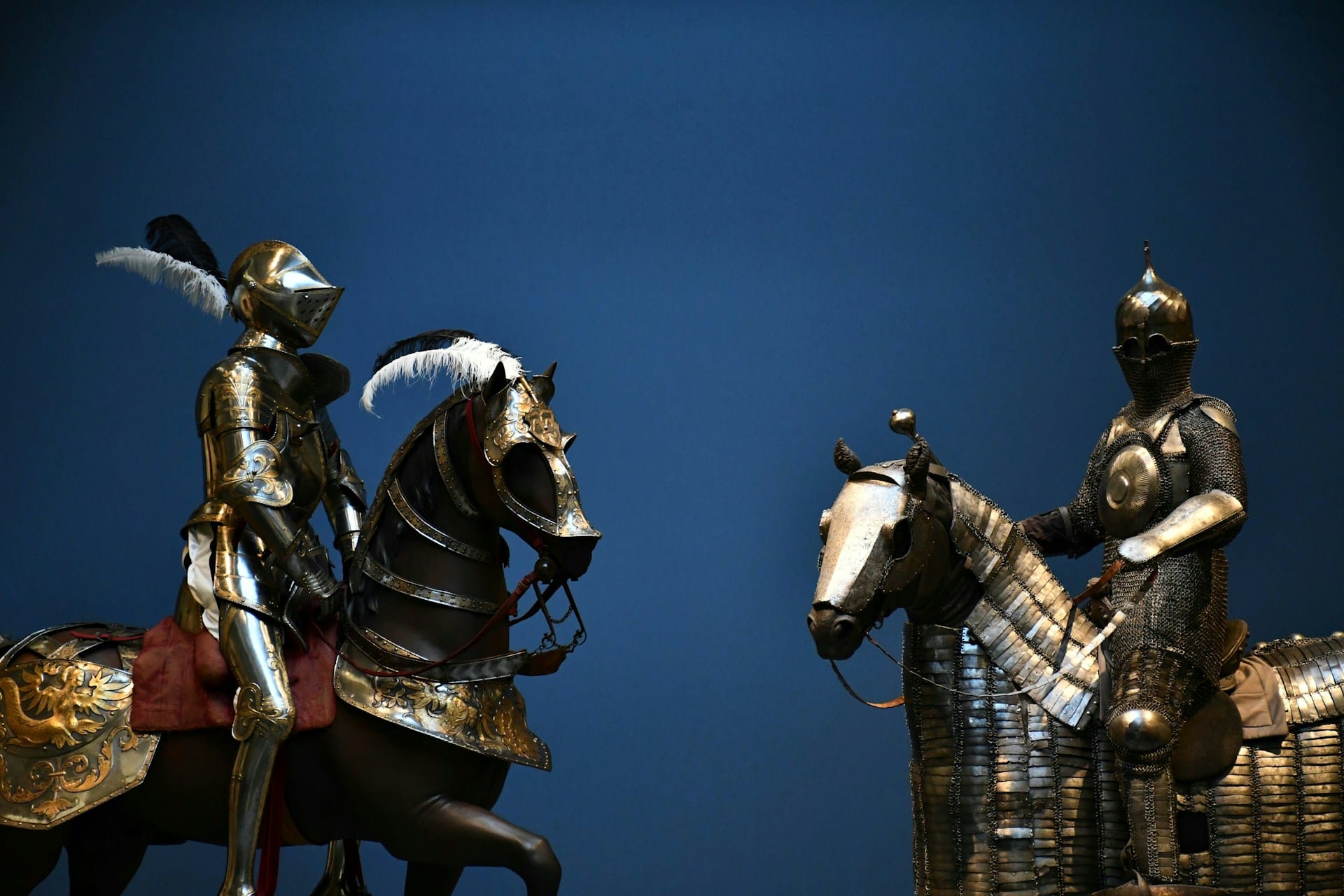What are the best UK locations for exploring the impact of the Norman Conquest through interactive exhibits?

The Norman Conquest, a pivotal event in the history of England, occurred in the 11th century under the leadership of William the Conqueror. This conquest significantly altered the landscape of England, bringing in a wave of changes in the political, social and architectural spheres. Many of these changes are preserved through interactive exhibits in several locations across the UK. This article guides you through these sites that narrate the story of the Norman Conquest vividly and compellingly.
The Tower of London
The Tower of London, one of the world's most famous fortresses, encapsulates the history of the Norman Conquest. William the Conqueror initially built the White Tower, the central structure, as a demonstration of his power, a place of refuge, and a robust stronghold against London's citizens and any potential invaders.
A lire aussi : Which UK cities have the most immersive experiences related to Shakespearean theater production?
Here, you can explore a rich tapestry of stories – royal ceremonies, betrayals, and bloody battles that reverberate through time. The interactive exhibits give you a chance to understand the construction methods used during the medieval period, learn about the Normans' way of life, and even take a peek into the royal intrigues and plots that were a common occurrence in those turbulent times.
Battle Abbey, Battle
At the site where the Battle of Hastings took place in 1066, you'll find Battle Abbey. It was erected by William the Conqueror as a penitence for the bloodshed during the war and as an enduring reminder of his victory. The interactive exhibits on this site include a detailed walk-through narration of the battle, a view into the life of a soldier, and an exploration of the Abbey ruins.
A découvrir également : How can visitors engage in historical falconry practices in the English countryside?
You can learn about the strategies employed in the decisive Battle of Hastings that marked the beginning of the Norman rule. The hands-on exhibits make the history come alive, as they allow you to step into the shoes of a Norman warrior, anticipate the English defence, and experience the thrill and chaos of the war.
Dover Castle, Dover
Dover Castle, known as the 'Key to England', is a stunning reminder of the Norman architectural style. The largest castle in England, it was strategically erected on Dover's White Cliffs as a first line of defence against invasions. Its towering presence served as a statement of Norman dominance and power.
The castle houses exhibits providing insights into its construction under William the Conqueror and the subsequent additions to it by other English kings. Its medieval tunnels also offer a glimpse into the castle's role during times of war, including its strategic importance during the Second World War.
The Museum of London
The Museum of London houses a comprehensive collection of artefacts tracing the city's history from prehistoric times to the present day. A significant part of the exhibits focuses on the Norman Conquest and its impacts on London.
The museum hosts a vast collection of Norman-era artefacts, including weaponry, jewellery, and everyday items. The exhibits provide an immersive look into the lives of Londoners during the Norman period, their culture, the architecture, and the city's transformation under the Normans.
Norwich Castle, Norwich
Built by William the Conqueror over 900 years ago, Norwich Castle is a prominent symbol of the Norman military architecture in England. It was one of the many fortifications William built to consolidate his rule and control the English.
Today, the castle is a museum and art gallery, housing an extensive collection of artefacts from the Norman period. Interactive exhibits allow you to delve deep into the details of the castle's construction, explore the Normans' way of life, and understand the castle's role in the Norman administrative system.
Exploring these sites provides an insightful journey into the rich past of England during the turbulent times of the Norman Conquest. The interactive and immersive experiences these locations offer make the exploration not just educational but also entertaining and memorable. They serve as a testament to the far-reaching impact of the Normans on the social, cultural, and architectural history of England.
Bayeux Tapestry, Reading Museum
As a monumental piece of medieval art, the replica of the Bayeux Tapestry is displayed at the Reading Museum. Originally created in the 11th century, this tapestry narrates the events leading up to the Norman Conquest and the Battle of Hastings. It's an invaluable piece of historical art that provides a vivid, contemporary account of life during this momentous period.
At the Reading Museum, you can view a full-size copy of the tapestry, which measures over 70 metres long. The replica, stitched by 35 skilled embroiderers over a year, depicts the same 58 scenes as the original. The interactive exhibits provide a detailed explanation of each scene, offering insights into the historical and cultural context of the era. The museum also hosts workshops where you can try your hand at medieval embroidery techniques, a participatory way to connect with the past.
Durham Castle, Durham
Durham Castle, another splendid example of Norman architecture, is located in Durham’s historic city centre. Originally built by William the Conqueror's lieutenant, the castle was an important symbol of Norman power. It was a crucial part of the early defence system against the northern Anglo-Saxon rebels and Scottish invaders.
The castle is renowned for its impressive motte and bailey design, a classic style adopted by the Normans. The castle's keep, a central tower built as a final stronghold, offers a breathtaking panoramic view of the city. The guided tours of Durham Castle provide an in-depth look into the castle's history, its construction techniques, and its role in the Norman Conquest.
The castle also houses the Durham University's College, making it the only castle in the UK to be continuously inhabited since the 11th century. It offers an exciting opportunity to explore the seamless blend of ancient history and contemporary academia.
Conclusion
The Norman Conquest is undoubtedly a defining moment in British history. The significant changes brought about by this event are still visible in the UK, particularly in its rich architectural heritage. Exploring these sites not only provides a glimpse into the past but also an understanding of the lasting impact of the Norman rule.
From the Tower of London to Battle Abbey, from Dover Castle to the Museum of London, from Norwich Castle to the Bayeux Tapestry at Reading Museum and Durham Castle - each location offers a unique perspective on the Norman Conquest. The interactive exhibits at these sites provide an engaging and immersive experience, making history come alive in a way that is both educational and entertaining.
Whether you're a history enthusiast, an anthropology student, or a curious traveller, these sites offer a rewarding journey into the heart of England's past. They bear testimony to the resilience of the English heritage, the profound influence of the Norman Conquest, and the fascinating evolution of the UK through the centuries.
